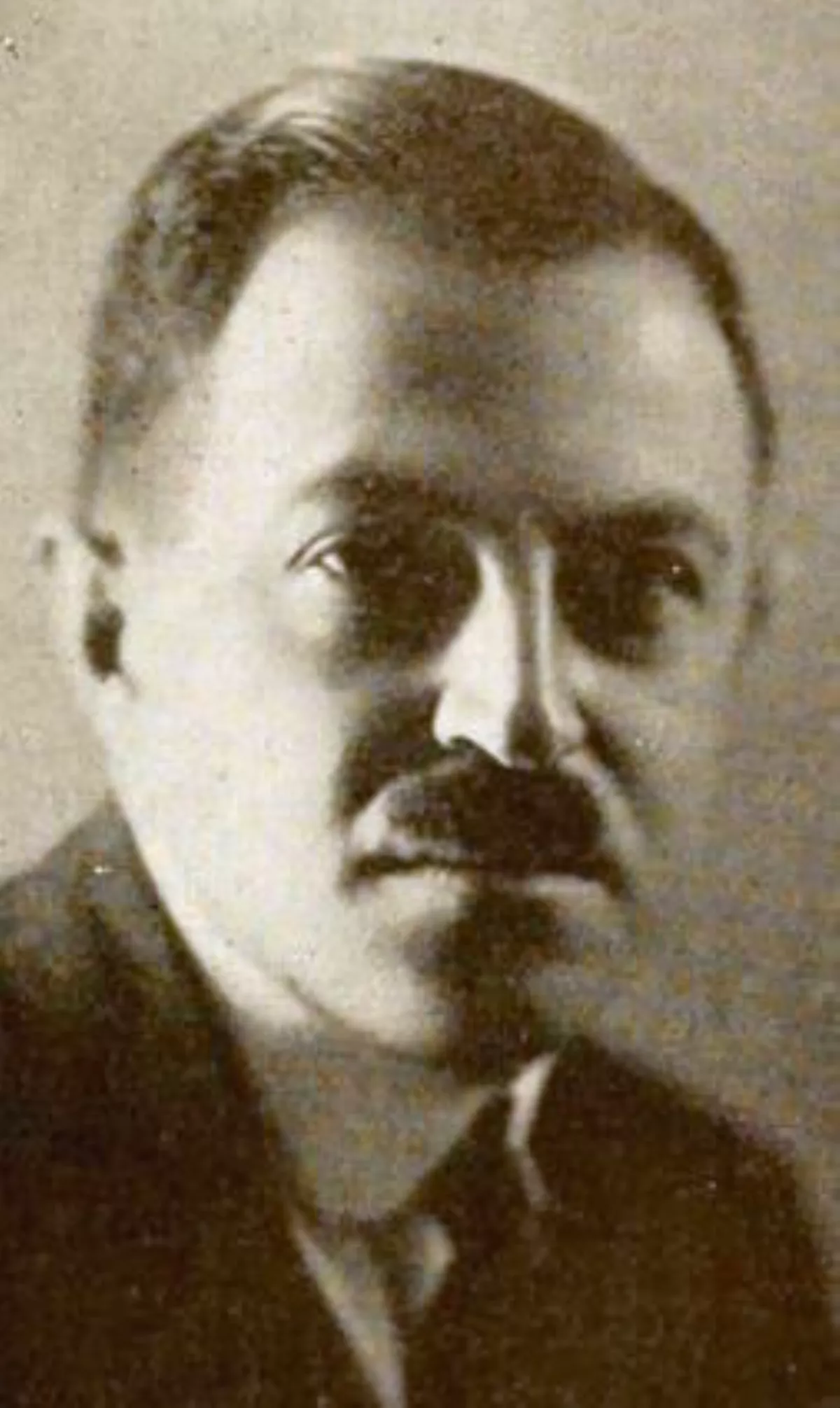 1.
1. Max Fleischer brought such comic characters as Koko the Clown, Betty Boop, Popeye, and Superman to the movie screen, and was responsible for several technological innovations, including the Rotoscope, the "Follow the Bouncing Ball" technique pioneered in the Ko-Ko Song Car-Tunes films, and the "Stereoptical Process".